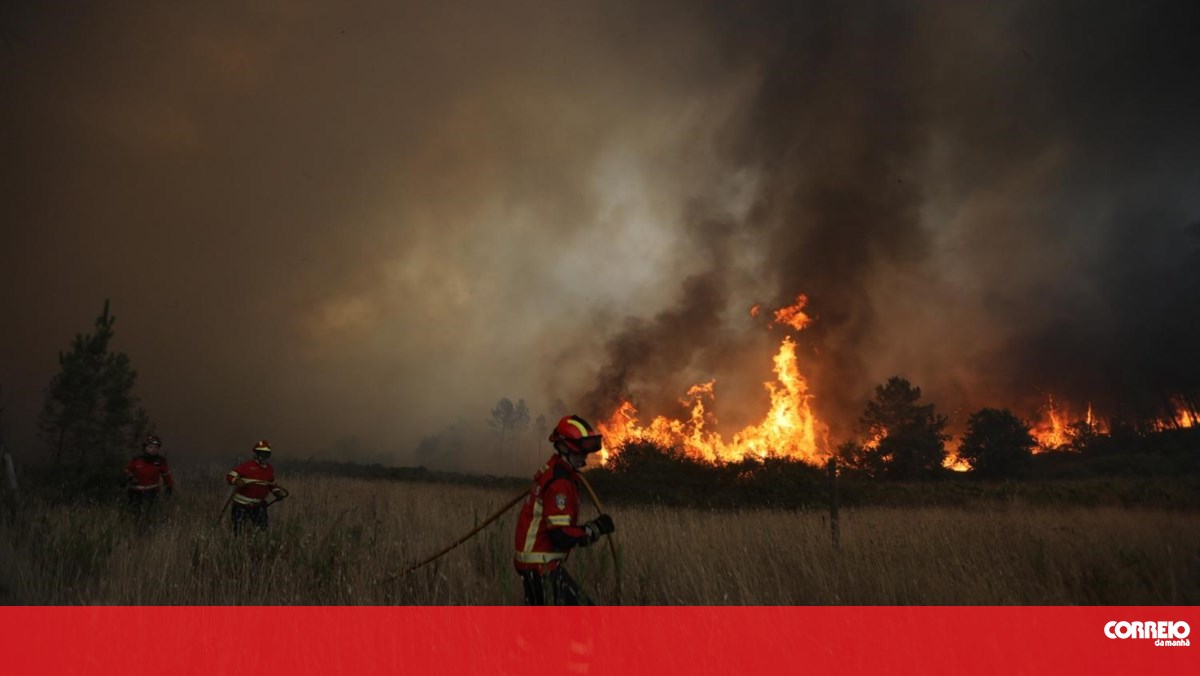The government decided this Wednesday that there is no need to resume high alert to respond to wildfires as weather forecasts indicate a “typical summer scenario”.
In weather forecasts for the next few days, “what we have is a typical summer scenario,” Secretary of State for Civil Protection Patricia Gaspar said this Wednesday at the National Emergency Management and Civil Protection (ANEPC) headquarters. . in Karnakseed, Oeiras State, following a videoconference meeting with representatives of various government districts to assess weather conditions and fire risk.
At the meeting, according to him, it was concluded that “there is no need to declare any alarm from a political point of view, and therefore the current situation, and expected in the coming days, is framed in what tools are available for ANEPC and other devices, like both in terms of the operational situation and the response.”
Patricia Gaspard recalled that in some areas of the country, especially in the north and in the center of the hinterland, there are municipalities with a high risk of fire, while the coastal and southern areas are in a less serious situation, and warned that almost the entire country is experiencing a “drought situation very difficult”, so the Portuguese must maintain “adequate behavior”, especially in rural and forested areas.
On July 26, at an identical meeting, the Government already made the same decision not to introduce a high alert regime.
Following a meeting this Wednesday in Karnakseed, the National Commander for Emergency and Civil Protection, Andre Fernandez, told reporters that there were 55 fires until about 7:00 pm this Wednesday, compared to 89 on Tuesday and 113 on Monday.
André Fernandez said the red alert status remains until Thursday in the areas of Vila Real, Bragança, Guarda and Viseu.
But he stressed that on Thursday there will be a reassessment of this state of alert, the same is happening with areas in a state of orange and yellow alert (less severe). According to him, it is natural that there is “some gradation of the level of danger in different areas.”
André Fernandez, however, said the Bragança and Guarda areas merited more attention as they retain the “most unfavorable” conditions for fires, with high temperatures, high winds and low humidity.
The commander recalled the restrictions on the use of vehicles or fire in municipalities with very high and maximum fire risk and asked to be especially careful with fireworks, which are often used during celebrations.
Author: Lusa
Source: CM Jornal




